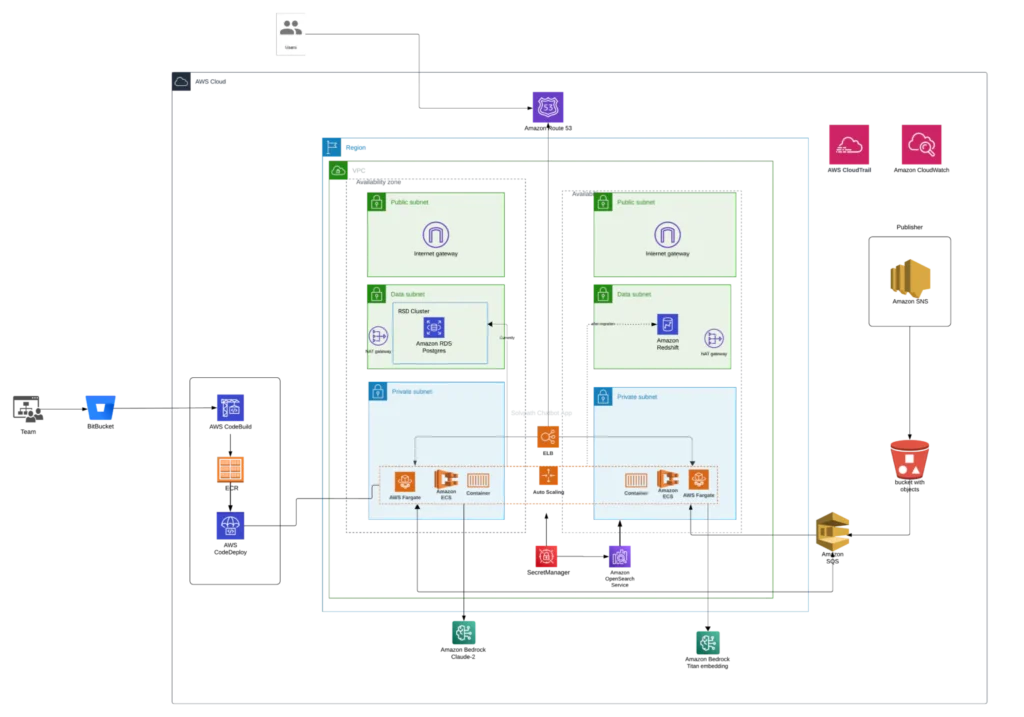Download the case study
SolvPath: Scalable Gen AI-Powered Platform for E-Commerce Query Resolution
Category: E-commerce
Services: Gen AI Development, Cloud Architecture Design and Review, Managed Engineering Teams
Category: E-commerce
Services: Gen AI Development, Cloud Architecture Design and Review, Managed Engineering Teams
accuracy and contextually relevant responses to user queries using RAG
SolvPath is an advanced AI-driven customer support interface designed to assist E-commerce platforms by delivering accurate, real-time answers to customer queries. It utilizes LLM capabilities to enable seamless natural language understanding, improving customer experience through contextual and accurate responses.

 Hiren Dhaduk
Hiren Dhaduk
Creating a tech product roadmap and building scalable apps for your organization.